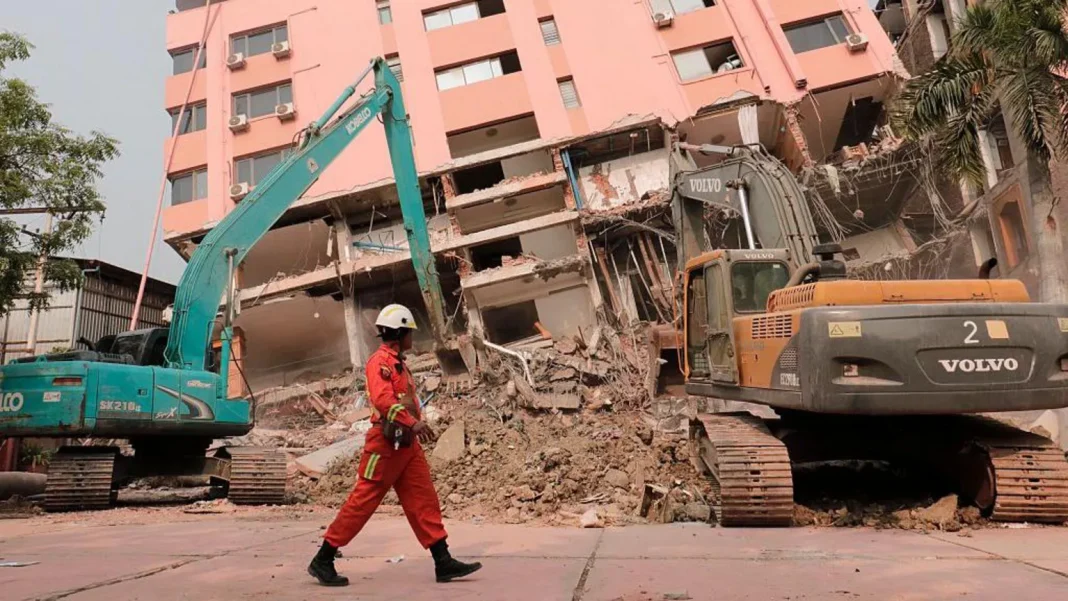The ongoing fighting in Myanmar, despite temporary ceasefires announced by both the military junta and a rebel group alliance, highlights the complexity of the conflict in the country. While the ceasefires were intended to allow for earthquake relief efforts, the military’s continued attacks and the response from rebel groups show the fragility of peace agreements in such a tense environment.
The earthquake, which has already caused significant loss of life and widespread destruction, was a moment where both sides could have chosen to prioritize humanitarian aid. However, the fighting suggests that the entrenched hostilities and mistrust between the junta and the rebel groups continue to undermine efforts for peace.
The military’s accusation that rebel groups carried out attacks, and the rebels’ claim that their actions were in response to military offensives, reveal how fragile the situation is. The statement from Maj Gen Zaw Min Tun that the military will “respond” to attacks emphasizes the military’s aggressive stance, which complicates international efforts for a ceasefire or negotiations.
UN High Commissioner for Human Rights Volker Türk’s call for a halt to military operations and the focus on earthquake relief underscores the urgent need for cooperation to help those affected by the disaster. However, with the civil war ongoing between the junta and various ethnic militias, achieving any lasting peace remains a distant goal.
The situation is further complicated by the fact that Myanmar has been under military rule since the coup in 2021, with the military engaged in a brutal crackdown on pro-democracy groups and ethnic militias. The earthquake relief efforts could serve as an opportunity for cooperation, but until both sides agree to a genuine ceasefire and allow unhindered humanitarian access, the suffering of the civilian population is likely to continue.
The death toll from the earthquake, which has surpassed 3,500, adds an additional layer of tragedy to a country already embroiled in conflict. Given the political and military dynamics in Myanmar, how do you think the international community can effectively intervene to ensure that aid reaches those in need while addressing the ongoing violence?


